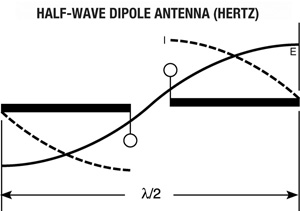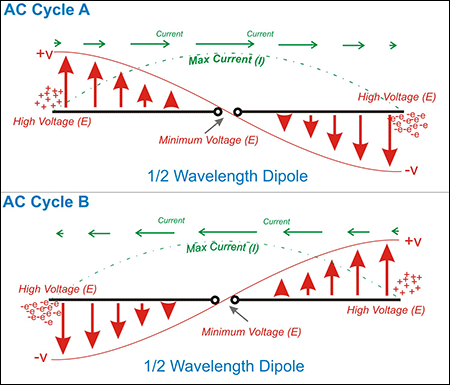Let's say an antenna has an impedance of 50 ohms. This means that if a sinusoidal voltage is applied at the antenna terminals with an amplitude of 1 Volt,
then the current will have an amplitude of 1/50 = 0.02 Amps. Since the impedance is a real number, the voltage is in-phase with the current.
Alternatively, suppose the impedance is given by a complex number, say Z=50 + j*50 ohms.
Note that "j" is the square root of -1. Imaginary numbers are there to give phase information.
If the impedance is entirely real [Z=50 + j*0], then the voltage and current are exactly in time-phase. If the impedance is entirely imaginary [Z=0 + j*50],
then the voltage leads the current by 90 degrees in phase.
If Z=50 + j*50, then the impedance has a magnitude equal to:





